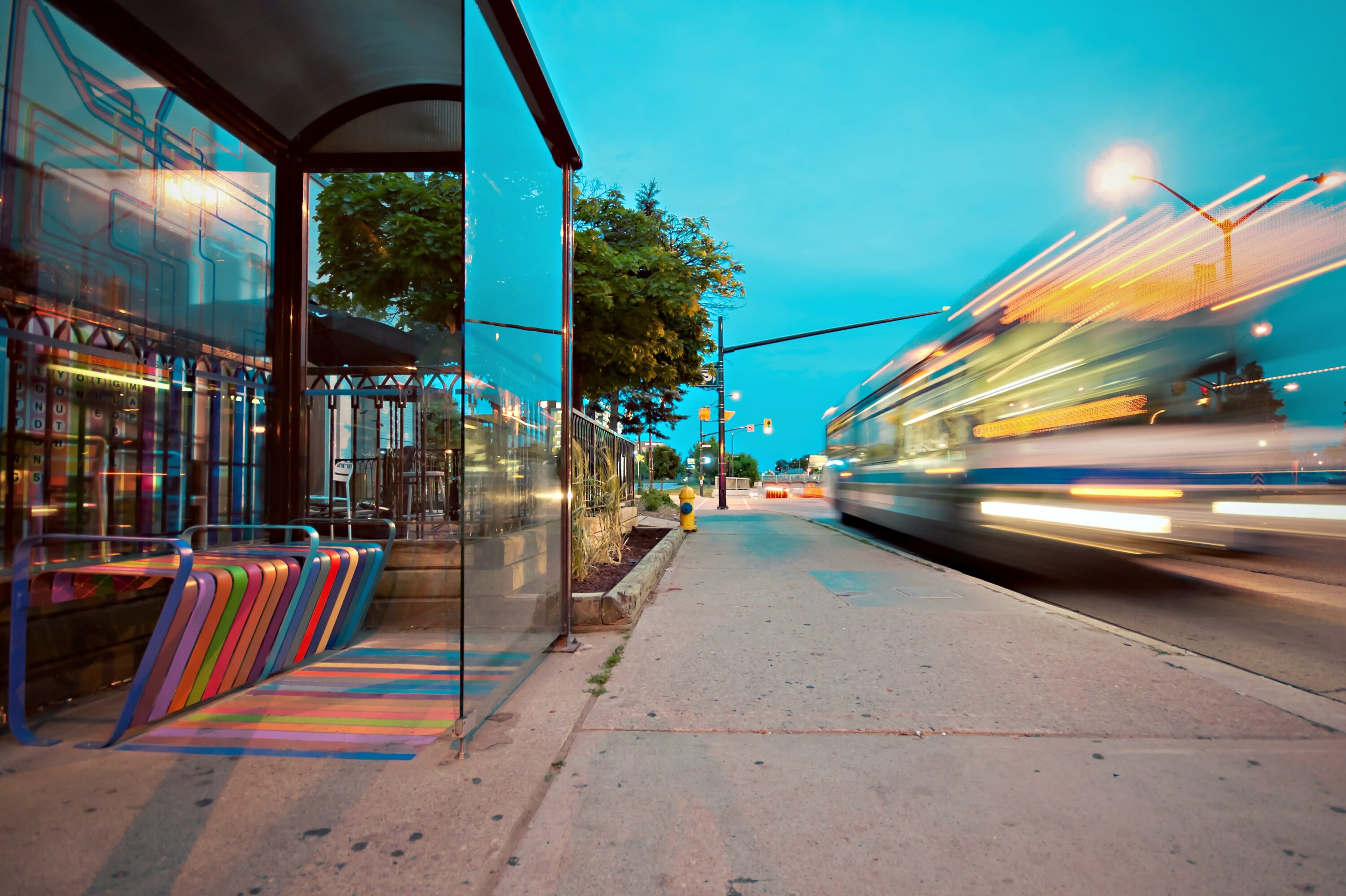Sustainability challenge and related SDGs
Millions of people around the world spend an average of about 65 minutes every day commuting to work, school or university. There are different means of transport, such as the bicycle, the car or #PublicTransport like bus and train. When it comes to choosing a mode of transport, the car is still the mode of choice , followed by #PublicTransport.
Of all mobility options, #PublicTransport gets most residents from A to B, but population growth is putting more and more pressure on cities, challenging their transport networks in terms of:
- the accessibility of #PublicTransport in terms of cost, geographical reach and planning of various transport options.
- the contribution to greenhouse gas emissions from the mobility sector, which still relies heavily on fossil fuels, is a major driver of climate change. Global transport is responsible for almost 16% of total greenhouse gas emissions, of which road transport accounts for about 12%.
- mobility-related air pollution, which is becoming a major public health problem in many large cities.
Finding ways to reduce emissions and pollution and offer non-discriminatory services while adapting to the needs of an increasing population has hence become the leading topic in the field of mobility.
Possible solutions and their contribution to achieving the SDGs
 #PublicTransport is fundamental to urban mobility and fortunately existing technologies provide the means to further increase environmentally friendly and barrier-free transport. Companies working in #PublicTransport offer solutions to reduce greenhouse gas emissions in the transport sector, e.g., building public transport infrastructure, bus and rail services or alternative public transport powered by renewable energy.
#PublicTransport is fundamental to urban mobility and fortunately existing technologies provide the means to further increase environmentally friendly and barrier-free transport. Companies working in #PublicTransport offer solutions to reduce greenhouse gas emissions in the transport sector, e.g., building public transport infrastructure, bus and rail services or alternative public transport powered by renewable energy.
The mobility we see in urban areas today gives us a glimpse into the future of innovative public transport. Their technology will support the targets of SDG 7 with their advances in energy efficiency from renewable energy and equip urban areas with a "[...] safe, affordable, accessible and sustainable transport system [...]" made for all #PublicTransport management solutions.
With #PublicTransport powered by renewable energy, it will also help "integrate climate change mitigation measures into national policies, strategies and planning " as envisaged in SDG 13.2.
Primarily related SDG-Targets: 10.2, 7.1, 7.3, 11.2 , 13.2
Investment Rationale and Growth Potential
More than half of the world`s population lives in urban areas. By 2025, one in three people will live in a city and by 2050 almost 7 out of 10 people in the world will be a city dweller. This trend is expected to continue as the population grows. The world is building mass transit networks faster than ever before.
But the speed and scale of urbanisation will accelerate the need for well-connected transport systems in cities and surrounding regions, and with it the demand for sustainable, clean and energy-efficient transport solutions.
Investing in #PublicTransport will meet this demand by providing transport services that reduce carbon emissions and improve urban equity through accessible and affordable mobility.